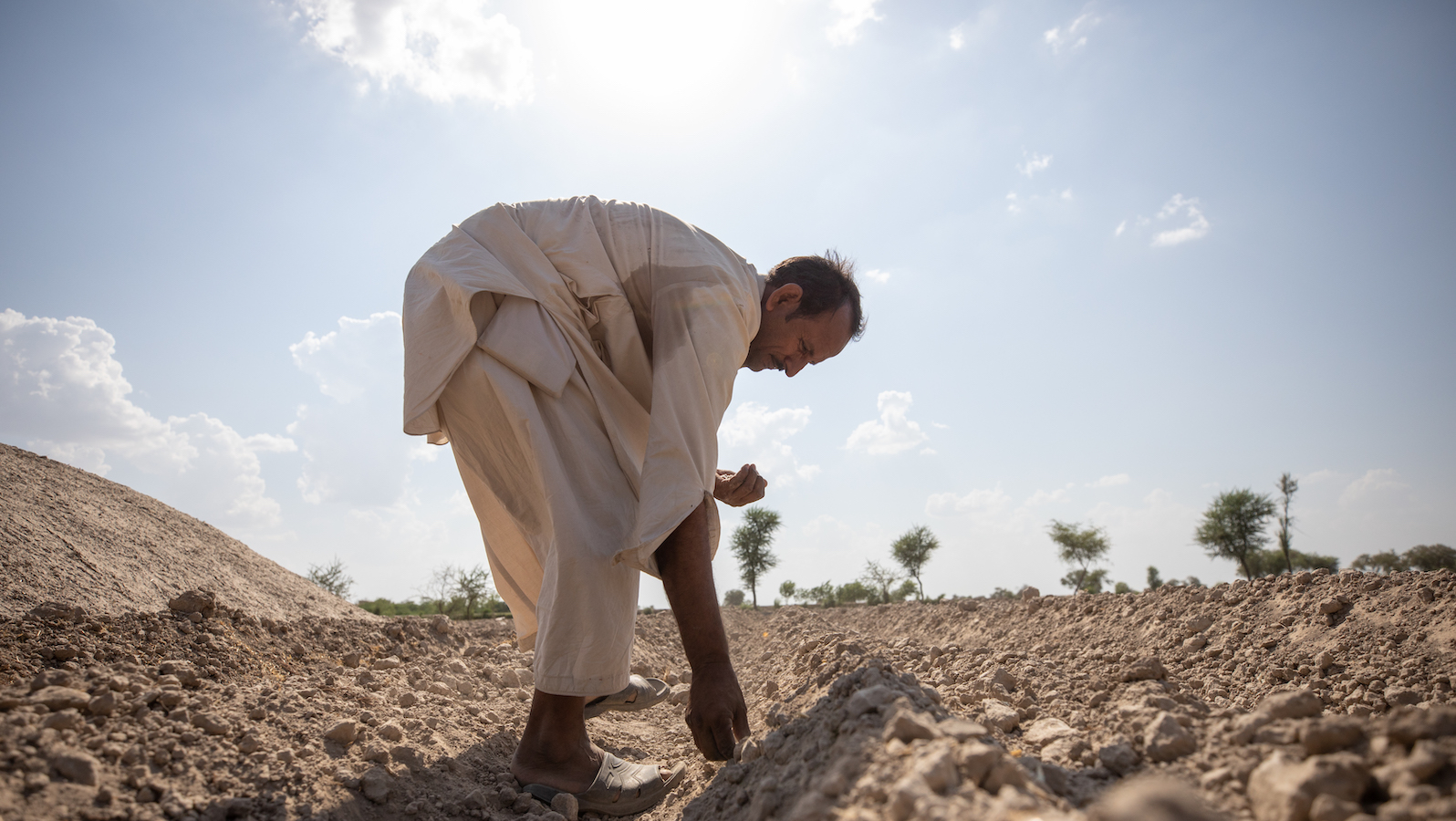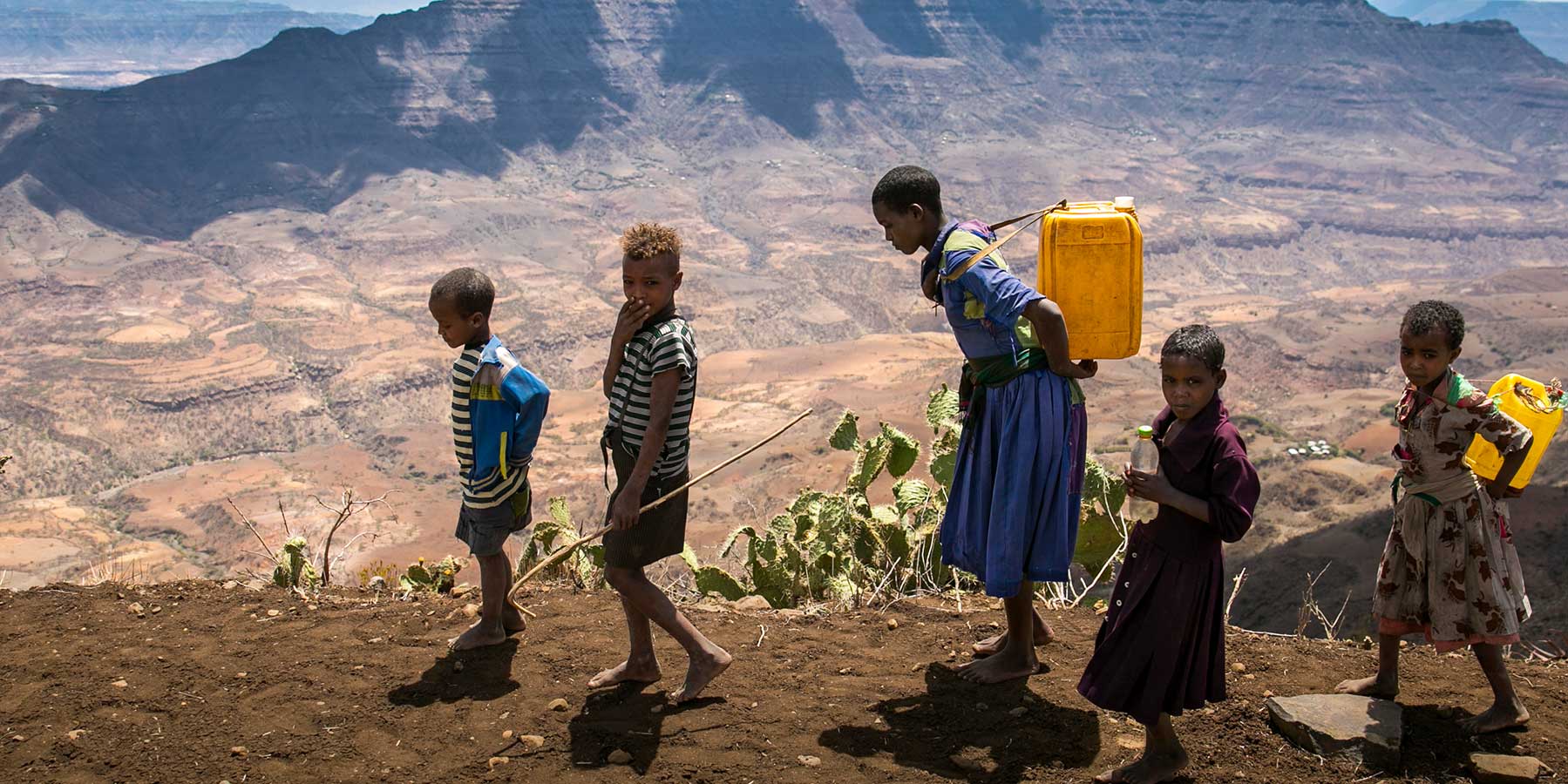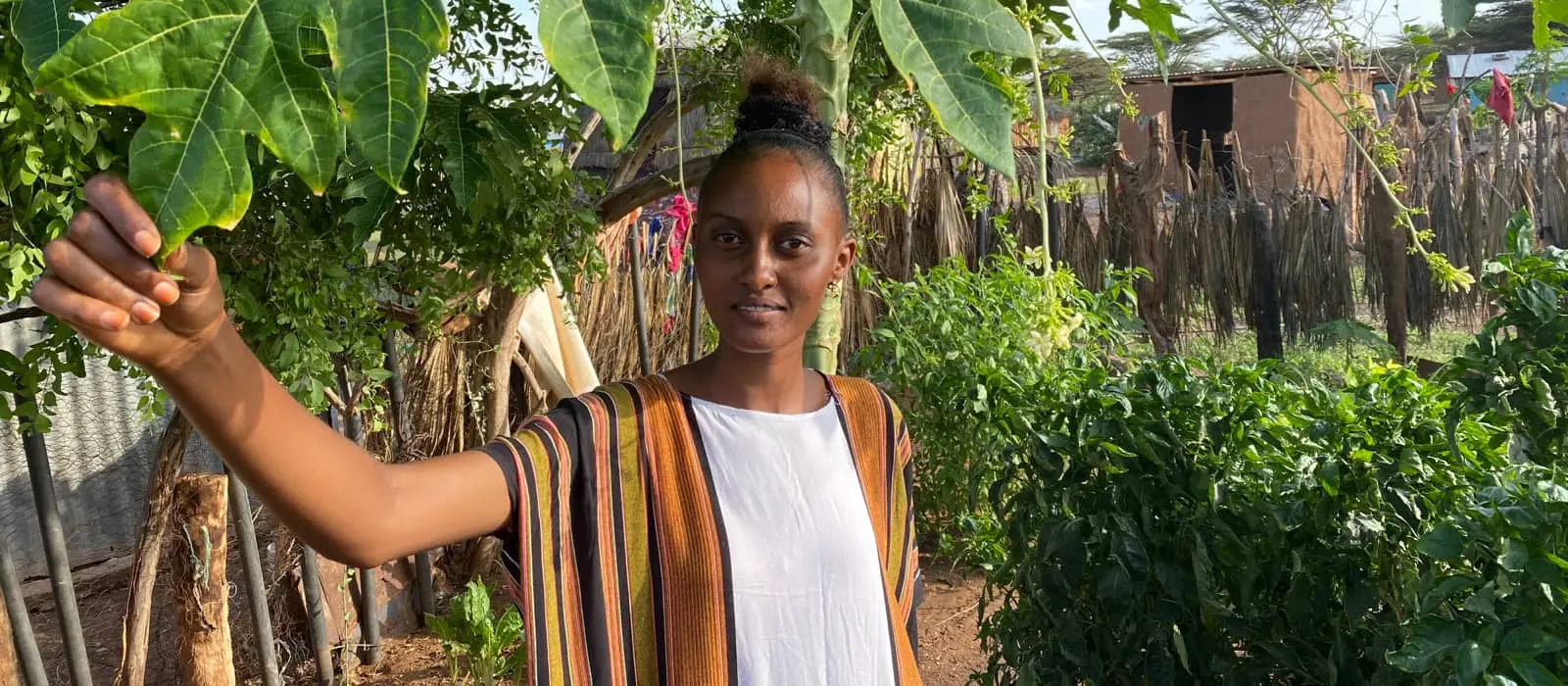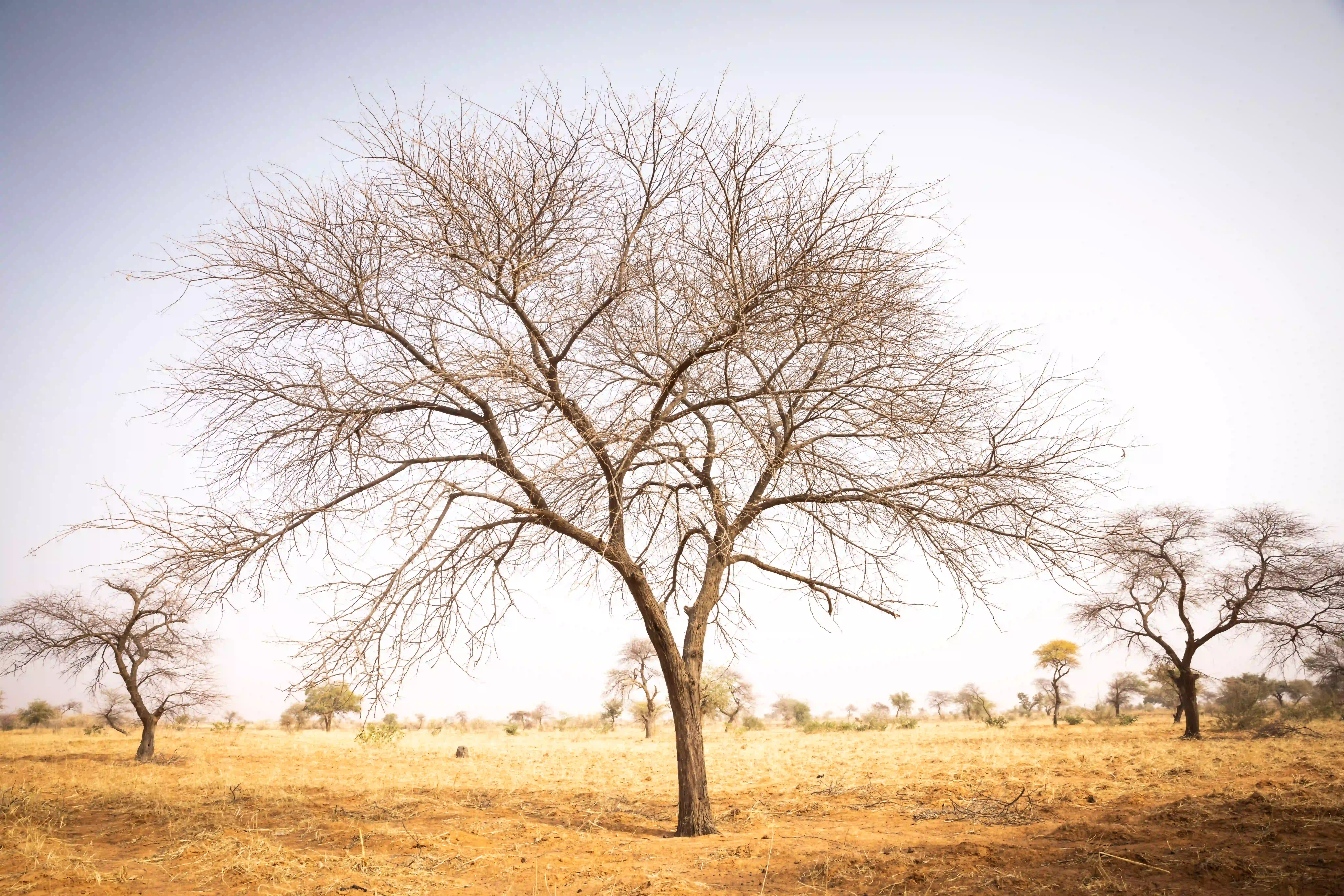It’s yet another summer of record-breaking heat. Here’s what you need to know.
Earlier this month, the European Union’s Copernicus Climate Change Service (C3S) reported that June 2024 was the 13th consecutive month to break a global heat record. Last year, June 2023 was declared “the hottest June on record.”
The situation has only become more dire since then. At the beginning of last week, C3S reported that Sunday, July 21, was the hottest day on record. This record was short-lived, as Monday, July 22 became warmer. Tuesday, July 23, was in the same range. In some areas of the world, temperatures have capped off at 122ºF — halfway to boiling.
In some areas of the world, temperatures have capped off at 122ºF — halfway to boiling.
“In other words, this past Sunday, Monday, and Tuesday were the three hottest days on record,” UN Secretary-General António Guterres said at a press conference on Thursday, July 25. “If there is one thing that unites our divided world, it’s that we’re all increasingly feeling the heat. Earth is becoming hotter and more dangerous for everyone, everywhere.”
We may be united by this global heat wave, however it is not a great equalizer. Read on to learn more about what Guterres calls an “extreme heat epidemic,” including how we got here, who is being hit hardest, and why we need to take action — now.
1. Heat waves can kill more people than any other extreme weather event
Unlike other natural disasters and extreme weather events, there isn’t a lot of visible damage from a heat wave along the lines of an earthquake or a hurricane. However, that doesn’t mean that they are any less of a threat. “Extreme heat causes the greatest mortality of all extreme weather,” Chris Hewitt, the head of the World Meteorological Organization, told NPR in April.
In the United States, heat is responsible for more fatalities than hurricanes, floods, and tornadoes combined. In Europe, the July 2023 heat wave was responsible for an estimated 60,000 premature deaths. Other extreme weather events compete with heat waves for this dubious title in Africa and Asia (in Asia, for example, the WMO reports that over 60% of weather-related deaths in 2023 were the results of floods), but the risk is still high.

Why are heat waves so deadly? When the human body overheats, the blood thickens, which causes the heart to pump harder. This is a risky situation for the heart as well as other vital organs. At a certain point, the body’s normal self-regulation techniques for heat (i.e., sweating) can’t keep up with the external temperature. The result is often heat exhaustion, or its more extreme counterpart, heat stroke. The World Health Organization notes that heat can also cause cerebrovascular events (affecting blood flow to the brain) as well as blood clots and dehydration.
Heat also works with other natural and man-made disasters to increase fatalities. When a hurricane or cyclone creates power outages, for example, the lack of air conditioning or refrigeration resources can prove to be even more fatal if the temperatures are especially hot.
2. Heat waves are natural, but this heat epidemic is man-made
“Heat is estimated to kill almost half a million people a year, that’s about 30 times more than tropical cyclones,” said Guterres in last week’s press conference. He then immediately added: “We know what is driving it: fossil fuel-charged, human-induced climate change.” Let’s unpack that.
Meteorologists classify a heat wave as a sustained rise in temperature in the 90th to 95th percentile of the average temperature for a given area during a given time of year. During the summer, the Northern Hemisphere (which includes anything north of the Equator) is closer to the sun, leading to more daylight and a cumulative warmth that builds up over time.
A heat wave begins with an anticyclone, which is when winds blow downward. This sinking pressure traps in the heat that the ground has absorbed, and leads the winds to compress with all of the energy generated by the heat. This “traps” the heat in an area, while also pushing away cooler air and clouds. If an especially hot day without a cloud in the sky feels oppressive, that’s because of the pressure. The same goes for that pressure you feel in the atmosphere before a thunderstorm — that pressure is real.
“For some, a heatwave being 1.4 or 1.5°C hotter because of climate change might not sound like a big increase. But [in Burkina Faso], this additional heat would have been the difference between life and death for many people.” — Kiswendsida Guigma (Climate Scientist, ICRC Burkina Faso)
While all of this is completely natural on the surface, the climate crisis has led to some man-made effects on these heat waves. A study of the deadly 2019 heat wave in Europe revealed that climate change made the heat wave five times more likely. Even areas of the world that are closer to the equator and more used to year-round heat, like the Sahel, are experiencing more unprecedented highs. “For some, a heatwave being 1.4 or 1.5°C hotter because of climate change might not sound like a big increase,” says Kiswendsida Guigma, a climate scientist with the ICRC in Burkina Faso, which experienced a deadly heat wave earlier this year. “But this additional heat would have been the difference between life and death for many people.”
This is because greenhouse gasses help to trap in more heat and increase average temperatures — one of the reasons that the Paris Climate Agreement prioritized preventing the increase of the global average temperature. However, as Guterres points out — along with countless experts — limiting the global temperature rise will be impossible without the fair regulation of fossil fuels.
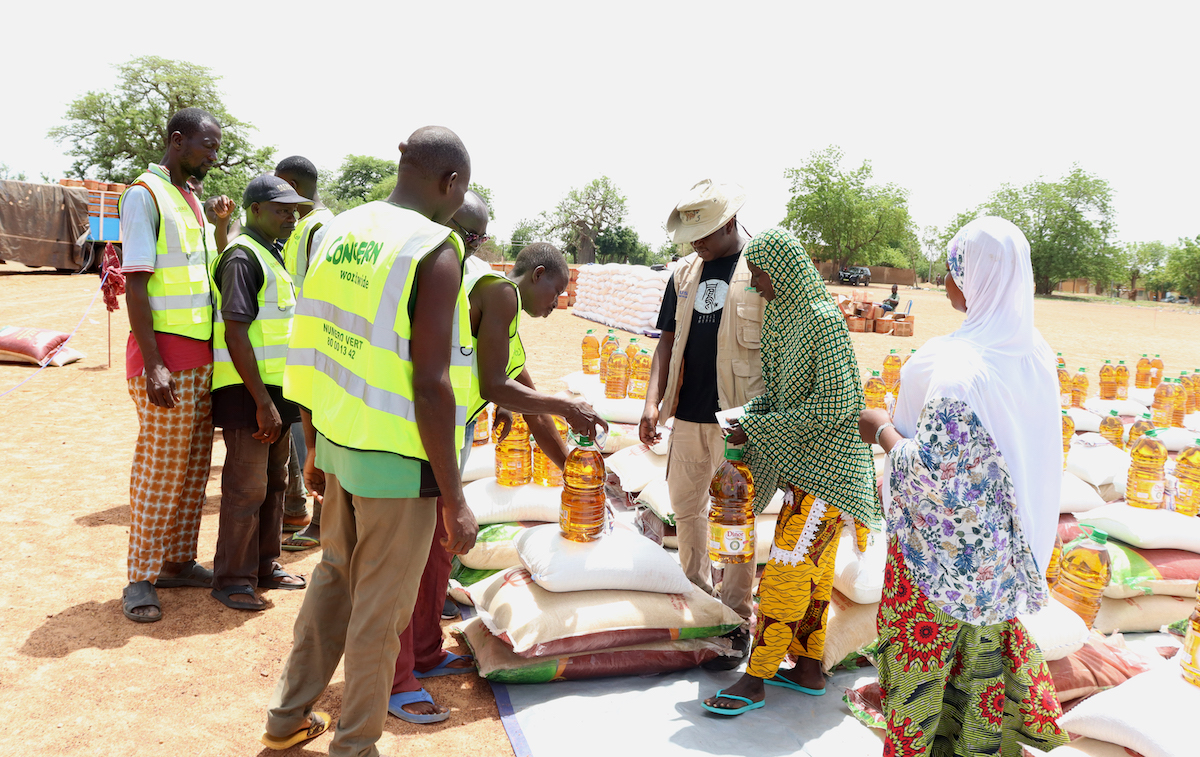
3. Heat waves are especially dangerous for children, the elderly, and people with preexisting health conditions
The physical effects of extreme heat are even more dangerous for people whose immune systems are compromised or whose bodies are still developing. Children are especially vulnerable to the heat, as they sweat less per kilogram than adults and have a higher metabolism — meaning they get hot more quickly. Per UNICEF, the younger a child is, the more vulnerable they are to the heat. This is also a concern for babies that are still developing in the womb: Heat stress during a pregnancy can lead to low birth weight, premature delivery, or even stillbirth.
With the increasing frequency and severity of heat waves, UNICEF estimates that one-third of the world’s children experience an average of four to five heat waves per year, meaning that they are facing this potential life-threatening risk as many times in a year (and this doesn’t count the other natural or man-made risks they may face). By 2050, UNICEF estimates that virtually every child on earth will be exposed to frequent heat waves.
The heat poses similar risks to the elderly, whose bodies, like those of young children, also tend to hold more heat and don’t release as much sweat. This is also not a phenomenon that is going away: The number of heat-related deaths for people over the age of 65 has increased by roughly 85% in the last 20 years. Certain chronic medical conditions can create similar circumstances, either based on the condition or the medication a person is taking.
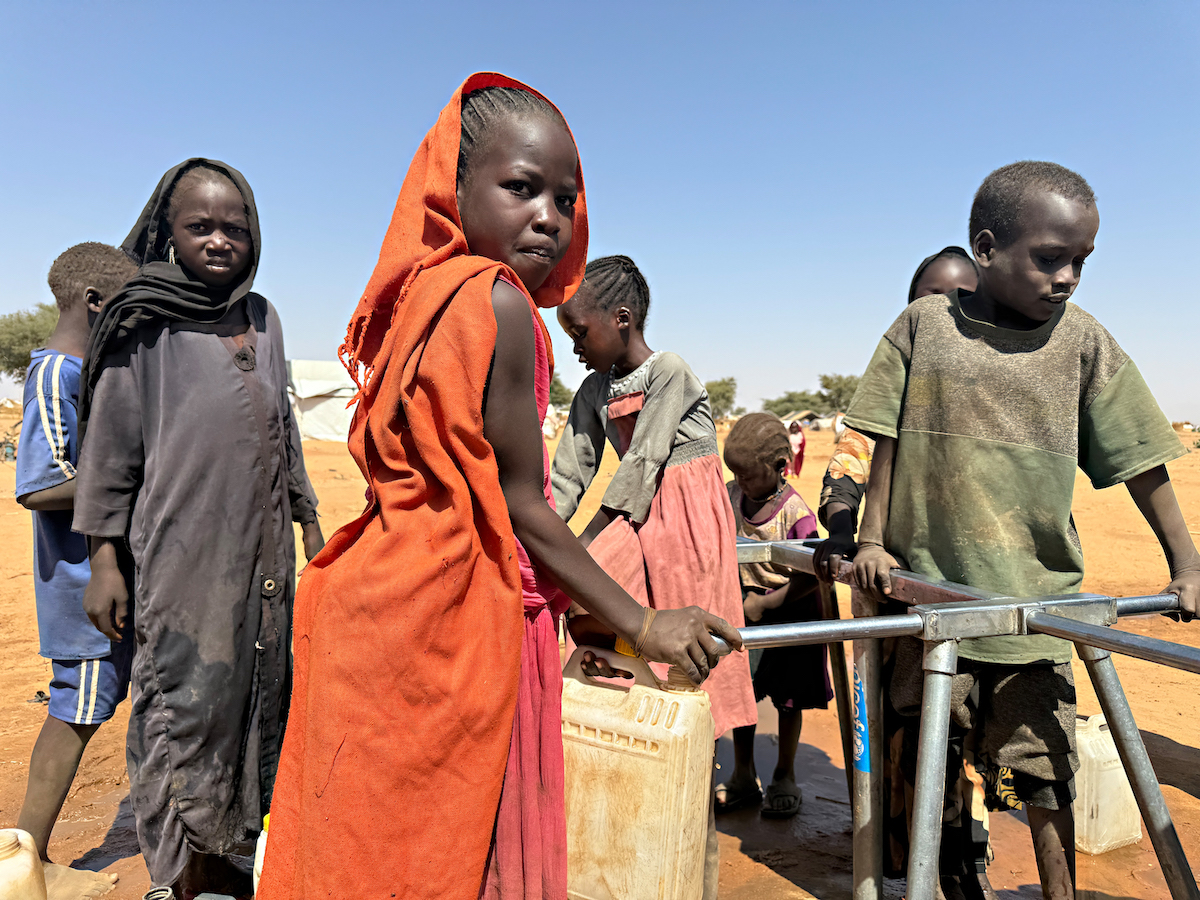
4. Heat waves also exacerbate other existing inequalities
Like most emergencies, those who are furthest behind stand to lose the most during a heat wave. Urban areas are often more at-risk during a heatwave than rural ones, because paved roads and sidewalks absorb more heat than the natural ground. People who don’t have any alternative shelter, such as Bangladesh’s pavement dwellers, not only have no escape from these conditions, but they often have fewer rights and social protections available to them when circumstances become dire. This is a similar challenge faced in both rural and urban areas by refugees and internally-displaced people. Rural areas that rely heavily on agriculture for both livelihoods and food supplies also face the risk of losing their crops due to the heat (a similar risk faced by pastoralists and their herds).
In general, poverty and heat waves go hand-in-hand. UN Secretary-General António Guterres notes that excessive heat leads to 23 million workplace injuries worldwide each year, and when daily temperatures rise above 93.2ºF, labor productivity drops by 50%. Heat stress in the workplace is expected to cost the global economy $2.4 trillion by 2030 (it was at $280 billion in the mid-90s). Energy rates go up when more stress is placed on a local or national grid, a financial shock that many families living in poverty are unable to afford (which, in turn, makes them more vulnerable to heatstroke).
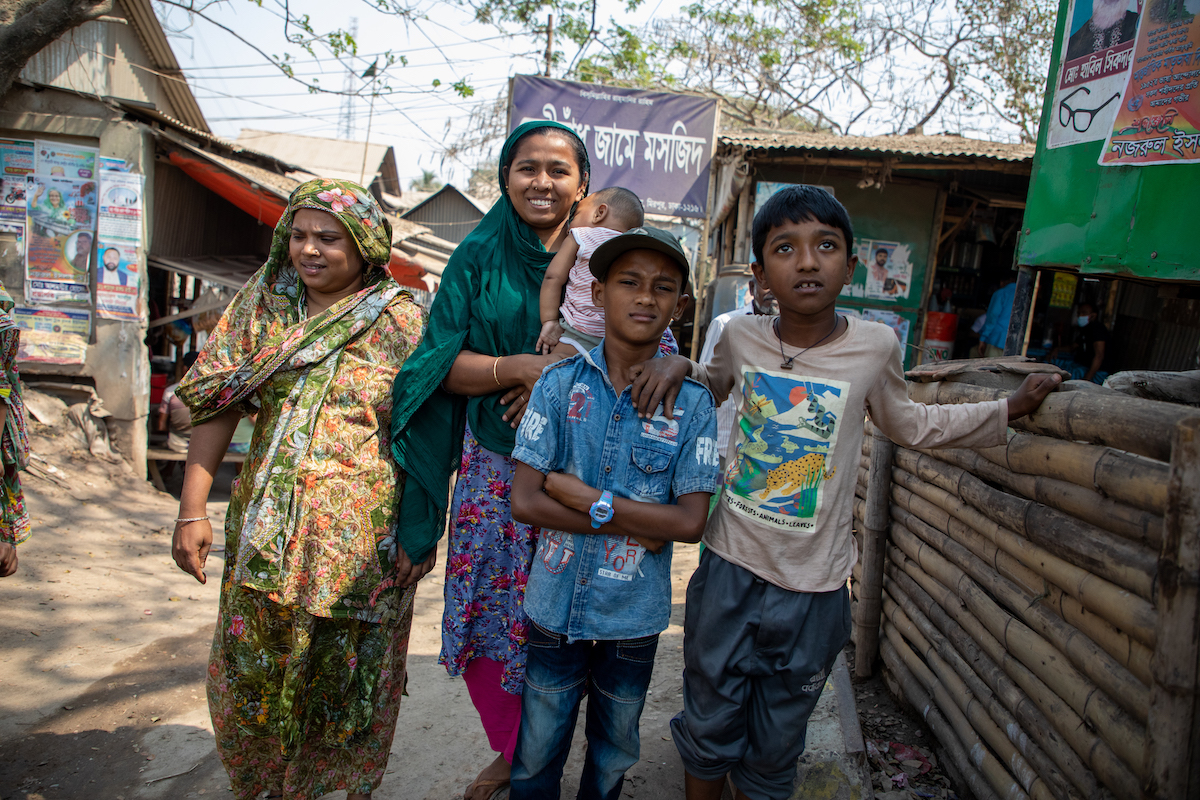
5. We can still do something about this, but time is of the essence
As the past week has shown, we’re nowhere close to the end of record-breaking temperatures. However, that doesn’t mean that all of these shifts are irreversible. As noted above, the UN has called for a global phase-out of fossil fuels — “fast and fairly” — as one of the big steps towards controlling the global heat wave.
The global heat wave is also an issue of climate justice. Many of the countries facing the most extreme levels of heat are also countries that have contributed the least to global greenhouse gas emissions. Many of these countries are also ill-equipped to handle the level of action needed to respond to current disasters and build resilience against future disasters. Many of the goals agreed to last year at COP28 — including an end to global deforestation and tripling renewable energy sources — are also key to offsetting the global rise in temperatures.
“We need to see high income countries deliver new funding for Loss and Damage, rather than move money around.” Sally Tyldesley (Advocacy Manager, Concern Worldwide)
Equally important is a financial commitment to vulnerable nations and communities. This was also a key outcome of COP28, with participants codifying the Loss and Damage Fund. However, the initial pledge of $792 million that was announced at the end of COP28 last year represents less than half a percent of the real cost estimated to offset the loss and damage of the climate crisis thus far (which is closer to $400 billion). “We need to see high income countries deliver new funding for Loss and Damage, rather than move money around,” Concern’s Advocacy Manager Sally Tyldesley said in December 2023. “This can’t just be an accounting exercise.”
“The message is clear,” Guterres added earlier this week. “The heat is on.”
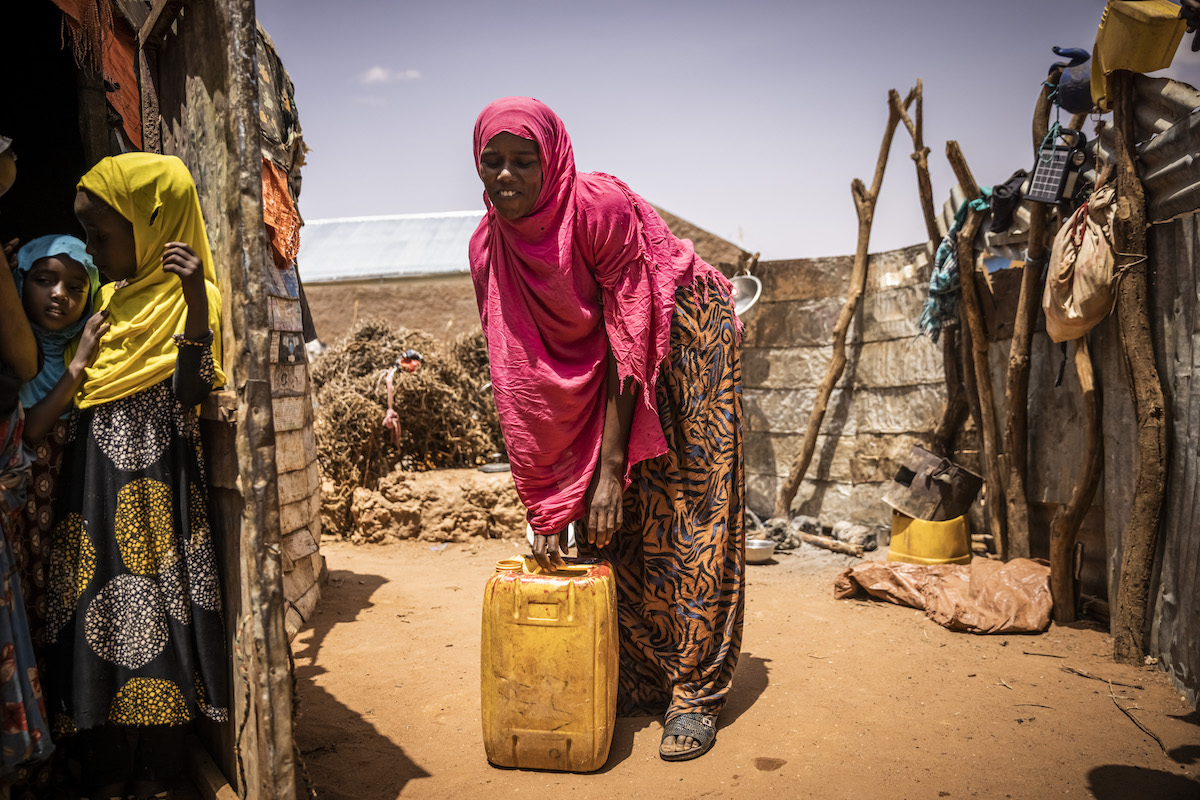
The global heat wave: Concern’s response
Concern’s response to the effects of the global heat wave is in line with our overall response to the climate crisis and natural disasters: We prioritize frontline emergency response along with long-term resilience-building.
Three key issues around extreme high temperatures are water, electricity, and healthcare. In response to heat waves and other related disasters (such as the recent drought that affected Ethiopia, Kenya, and Somalia), we truck in water and work with communities to establish local water points and local committees to maintain them over time. We have also worked with many communities on switching to solar power, which can help reduce the burdens placed on existing electrical infrastructure during extreme heat. And we also work alongside local clinics and healthcare providers to plan for and respond to predictable surges in medical needs (especially for children), including heat waves.
Our focus on resilience-building and disaster risk reduction also helps people to withstand heat waves and other extreme weather. Early Warning Early Action systems help to reduce the amount of loss and number of fatalities when a disaster strikes. Cash transfers and Village Savings and Loans Associations help community members to rebound from missed work or lost incomes. What’s most important with these systems is that they account for the different vulnerabilities within a community, meaning that those who might otherwise be left further behind in a disaster get the support they need to survive and thrive.
